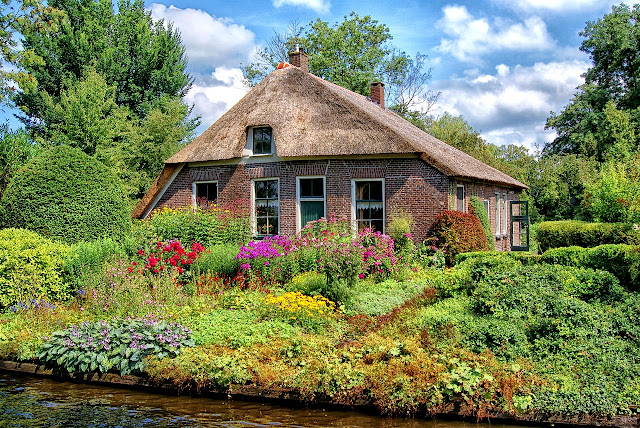The T-shaped Jiaozhou Bay Bridge is a 26.7 km long roadway bridge in eastern China's Shandong province. Out of 25.9 km are over water representing the total length of three legs of the bridge. It is also called Qingdao Haiwan Bridge which is part of the 41.58 km Jiaozhou Bay Connection Project. The purpose of the bridge as part of the plan to provide better connectivity between the two fast-growing industrial regions on either side of the Jiaozhou Bay.
Qingdao is a fast-growing coastal city, playing an intergyral part in the country’s development strategy. So, the ever-growing business could not meet the ferry service providing to passenger and cargo levels. Jiaozhou Bay Bridge longest continuous segment is 25.9 km making it one of longest bridges in the world. This bridge reduces the road distance between eastern port city of Qingdao and an offshore island, Huangdao by 30 km and travel time from 20 to 30 minutes.
The main entry and exit points in Huangdao and the Licang District of Qingdao. The Bay bridge construct with the mammoth 450,000 tons of steel and 2.3 cubic meters of concrete supported by 5,238 concrete piles. The Jiaozhou Bay Bridge can face any catastrophic natural disastrous. It is designed to tackle the severe earthquakes (more than 8 magnitude), typhoons, even collision of gigantic ship (300,000-ton vessel).
The bridge cross-section comprises of two beams in total 115 ft wide carrying six lanes with two shoulders. The bridge is part of the Jiaozhou Bay Connection Project, which includes overland expressways and the Qingdao Jiaozhou Bay tunnel. The total length of the project is 41.58 km. The Jiaozhou Bay has an annual ice period of two months expected to have at least 100 years of lifespan.
Moreover, cushion caps made the bridge’s pillars from the force of waves and freezing. Hence, considering the bay freezes annually and holds high volumes of salt, waves, and freezing patterns. The water design of these 1,258 cushion caps adequately protects the bridge.
Jiaozhou Bay Bridge was opened for the public on 30th June 2011. After that Guinness World Records listed it the longest bridge over frozen water (total length). The record was taken by the Hong Kong-Zhuhai-Macau Bridge in October 2018. Jiaozhou Bay Bridge had the first oversea interchange in the world and that it has the world's largest number of oversea bored concrete piles.
The idea was presented by the Chinese Communist Party, and it took four years to complete at a massive cost of US$8.8 billion. There are several concerns raised regarding the quality of material used in construction. Such as poor crash-barriers, missing lighting, and loose nuts on guard nails. However, the bridge chief engineer rejects the safety concerns and claimed perfect for traffic and meeting the safety measures.
Jiaozhou Bay Bridge combines all the fields of civil engineering for an impressive result. Jiaozhou Bay Bridge claims to be the first self-anchored suspension bridge in the world with a single tower, which is 149m high.
Also Read:
- Ponte Vasco da Gama! One of Longest Bridge in Europe
- Hovenring, the Floating Circular Cycle Bridge in Eindhoven
- Moonlight Rainbow Worlds Longest Fountain Bridge
- The Incredible Magdeburg Water Bridge in Germany
- Oresund Bridge ! Wonder of Civil Engineering
- How One Woman Discovered the Female Fat-Loss Code Missed by Modern Medicine And Lost 84lbs Using a Simple 2-Step Ritual That 100% Guarantees Shocking Daily Weight Loss
- 60 Seconds Habit ! That Reversed Type 2 Diabetes and Melted 56 lbs of Fat
- Boost Your Energy, Immune System, Sexual Function, Strength & Athletic Performance
- Diabetes Remedy # 1 Mega Offer for 2019
- 7 Instant Confidence Technique with Women Program
- Fan Victor – The Ultimate Fantasy Sports Plug-in
- Reservation Master is a reservations software package developed for use in Hotels, Motels, Guest Houses, Bed and breakfast, Lodges & Inns and Campgrounds worldwide.




















































